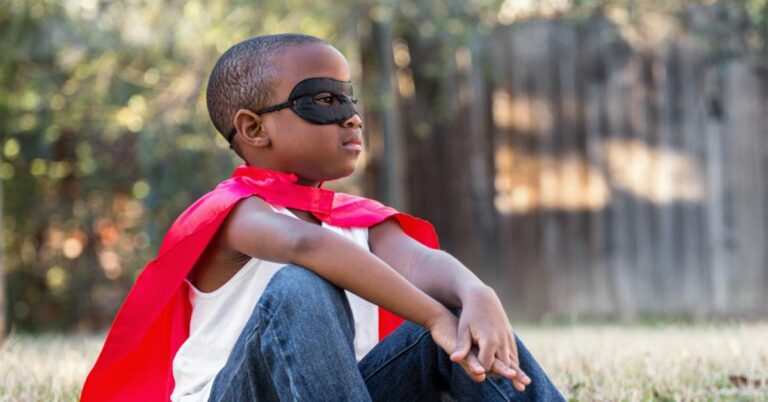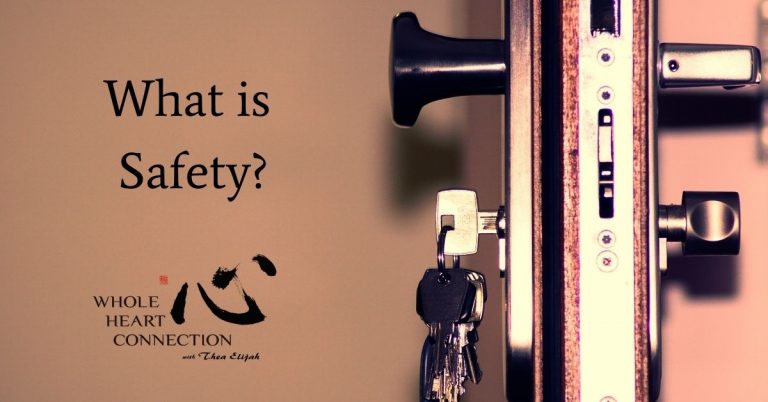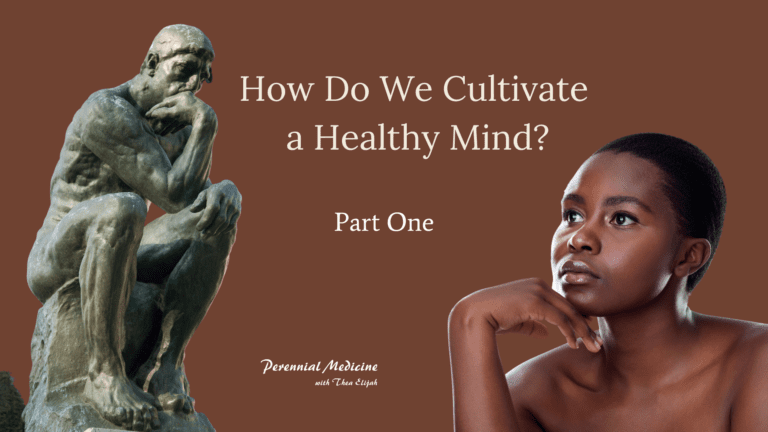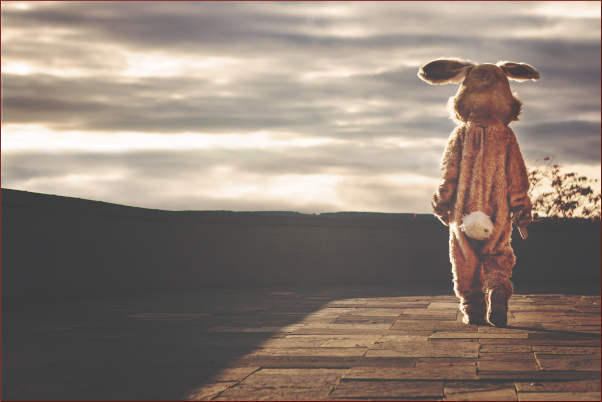Different Ways of Being With God
I’ll be doing a workshop February 24-25 called Doorways to the Divine. All are welcome; it’s inclusive of all seekers, although I personally rely heavily on Sufi prayer practices in order to open healing space.
This gathering is for anyone seeking healing, and anyone wishing to deepen their relationship with the Divine, especially during difficult times and in difficult places.
There are many different ways to be in relationship with the Divine. One way of being in relationship to the Divine is conceptual. In a sense, we are doing that right now just by speaking about this. Hopefully, we will also move beyond the conceptual, but I want to take a moment to honor the conceptual. It’s actually very worthwhile to have a conceptual relationship with the Divine, because how we structure that doorway matters. Even that we have a conscious doorway matters.
It matters because if there isn’t a conscious doorway, the eruption of a genuine experience of the Divine in our heart may blow our mind. With a pre-existing conceptual conscious doorway to the Divine, our mind will already be open, with a sense of context for what we are now experiencing.
This is not about creating dogma and saying “You must believe this is true.” It is about ideas and conversations about the Divine that allow our minds to be more ready, more receptive, and less shocked and disrupted by actual experiences of the Divine.
One of these concepts is the difference between relating to the Divine through our inner child, or through our inner adult.
When we first begin to connect with the divine, often it is through neediness, often it is through the feeling inside of us of, “I’m hurting; I’m in trouble; I need something to be different than it is right now.” We call out to the Divine like a baby crying out, like a child needing to be taken care of.
Hopefully we are not like a whiny, demanding child, because it’s no more effective with the Divine than it is with anybody else when we go whining and demanding.
However, the movement from trying to manage our outer world to the turning of our inner self towards the heart (which is the part of us that connects with the Divine) is a childlike turning. It is the role of the child to allow itself to be held, to allow itself to be heard, and to allow itself to be fed.
There are a lot of people whose first experience of the Divine is an experience of turning away from “all that stuff going on out there,” towards the heart, and receiving heart to heart resuscitation. It’s also like nursing, and being in a neediness and a hungriness and a necessity to be fed that is absolutely appropriate to the child part of us.
We can start turning to the Divine for this–turning to the Divine to be known, and known well, in our essence; turning to Divine to be nourished with the deep, deep food that goes all the way down to the core; and turning to the Divine for the support with our next growth stage. It’s a beautiful relationship, and we never outgrow it.
That’s the role of the inner child in relation to the Divine.
The inner adult in relationship with the Divine is similar to the difference between drinking from the pool of water at the bottom of a waterfall, and actually stepping into the waterfall.
As the inner child is contacted through the front low body, by contrast the inner adult is generally contacted through the back body, and often a bit more in the upper back body. When we are standing with our back in that Divine waterfall, we’re not facing the Divine needy, to drink from the downpour; we are actually stepping into the flow, and facing out towards the world.
When we are standing in the downpour of the Divine through the heart, we are in that layer of the heart where the spine is going right through. The heart is receiving the downpour, and we are looking out from there into the world as part of the Divine downflow.
Looking out into the world includes looking at ourselves, at what we call our inner world, but which is actually is the middle world. Now that we are actually all the way in, we can look at ourselves–at our troubles, our fears, our miseries, our frustrations–from further in. From within that Divine stream, I can say, “Oh, look, there’s a lot of anxiety here,” from that more deeply resourced place.
This is what many Sufis speak of as being the servant of Allah, or the servant of the Divine. We are being the vessel for the flow from which we can act in the world, which includes our middle world–our stuff–as Divine agent.
You can see and feel how this relationship with the Divine is very, very different than the needy child. One is not better than the other. In fact, denial of the child often leads to incapacitation of the adult, although not stepping into the adult just because you are still a child also leads to incapacitation as well.
We are both; we have both. We are the agent of the Divine flow, and the needy recipient of the Divine flow all the time. I say it’s very valuable to have this vocabulary, so that we can actively engage these aspects of ourselves, and not forget them. We can bring them to our relationship to the Divine, as well as so many other aspects of ourselves.
How good it is to know how to have a healthy child space, how to have a healthy adult space, and a healthy relationship between them with which to live in relation to the Divine.
Would you like to learn more? Join us February 24-25 for Doorways to the Divine, a Sufi healing experience.














